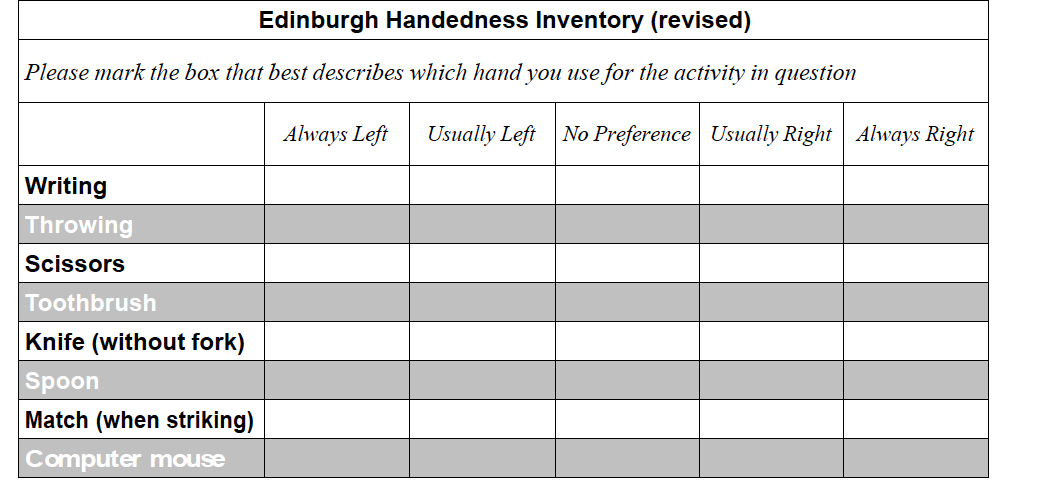When I play tennis, I serve with my right hand and generally volley with my left hand, although on occasion, when a deep ball is unplayable with my backhand, I will flip my racquet to my right hand, giving me an extra 50 centimeters of reach and an added chance of making the shot. In reality, this limb confusion means my serve is less powerful than a true right-hander and my volley is less powerful than a true left-hander because neither hand is actually dominant. Which also means I am destined to remain a mediocre tennis player whose enthusiasm (and on-court sartorial elegance) far outpace his actual game.
But in my mind! Oh, in my mind I am an ambidextrous monster who, by magically switching my racquet from hand to hand can bewilder opponents and reach the most unreachable balls. How many times, while rallying at my local club, have I slipped the racquet into my right hand to make a shot and heard the awed announcer at Roland Garros gasp, ‘Mercer has done it again! The amazing ambi-man is on his way to another French Open title!’
So, prone as I am to such fantasy, you can imagine my intrigue when I stumbled across the Edinburgh Handedness Inventory. The test was designed in 1971 by R.C. Oldfield of the Speech and Communication Unit at Edinburgh University. The idea was to create a universally accepted measure of handedness that could be used as a baseline for any experiments involving dexterity, coordination, or hand control. Oldfield’s test became widely used in the social sciences and has been cited in scientific journals more than 10,000 times. The basic version of test can be taken here:
Edinburgh Handedness Inventory
Thanks to the fact that I throw right, write left, and strike matches with both hands I managed a score of -33 on the Inventory, which sneaks me into the ambidextrous category. Elation!
But, then, I dug deeper. It turns out that in recent years the Oldfield test has been slightly discredited because, among other things, it includes both drawing and writing, and thus is too heavily weighted toward muscle acts that are highly similar. So, Dr. Stephen Williams stripped the original Edinburgh test of three questions: drawing, opening a box, and using a broom, and added one new criterion, using a computer mouse. Here is Williams’ version of the test:
To check your score, give yourself –50 for each ‘Always Left’ answer, -25 for ‘Usually Left’, 0 for ‘No Preference’, +25 for Usually Right, and +50 for Always Right. Using this system, anything between –200 and +200 is considered ‘ambidextrous’, but Williams tweaked the definition and created two categories: clumsy mixed handedness (-200 to 0) and coordinated mixed handedness (0 to +200). Imagine my alarm when, using this new test, I scored a –25, which made me a clumsy mixed hander!
Could it get any worse? Oh yes!
It turns out that several scientists are now using a combined Edinburgh test, which considers Oldfield’s original parameters, Williams’ revised parameters, and new criteria such as what hand your key is in when you unlock a door. What’s more, this new wave of handedness assessors believe that the term ‘ambidexterity’ has been tossed about far too freely and that true ambidexterity – equal ability in all tasks with both hands – is exceedingly rare, with fewer than 1 person in 1,000 possessing this trait. They now prefer the term ‘mixed handed’ for those with some ability with both hands and in the United States the population breaks down something like this:
Strongly right handed: 55 percent
Mixed right handed: 35 percent
Mixed left handed: 7-8 percent
Strongly left handed: 2-3 percent
So, it was with trepidation that I took this more rigorous test, an online version of which can be found here:
Did I manage to win the elusive crown of ambidextrousness? No. According to these more demanding measurements, I am merely a ‘1st decile left hander’. Ahhh, the disappointment: ‘1st decile left hander’ doesn’t roll off the tongues of my imaginary Roland Garros announcers quite so smoothly …



Fascinating article – being from Edinburgh it caught my eye!
Sadly, I’m a rather dull -76 left-hander…
+10 here. Rather close